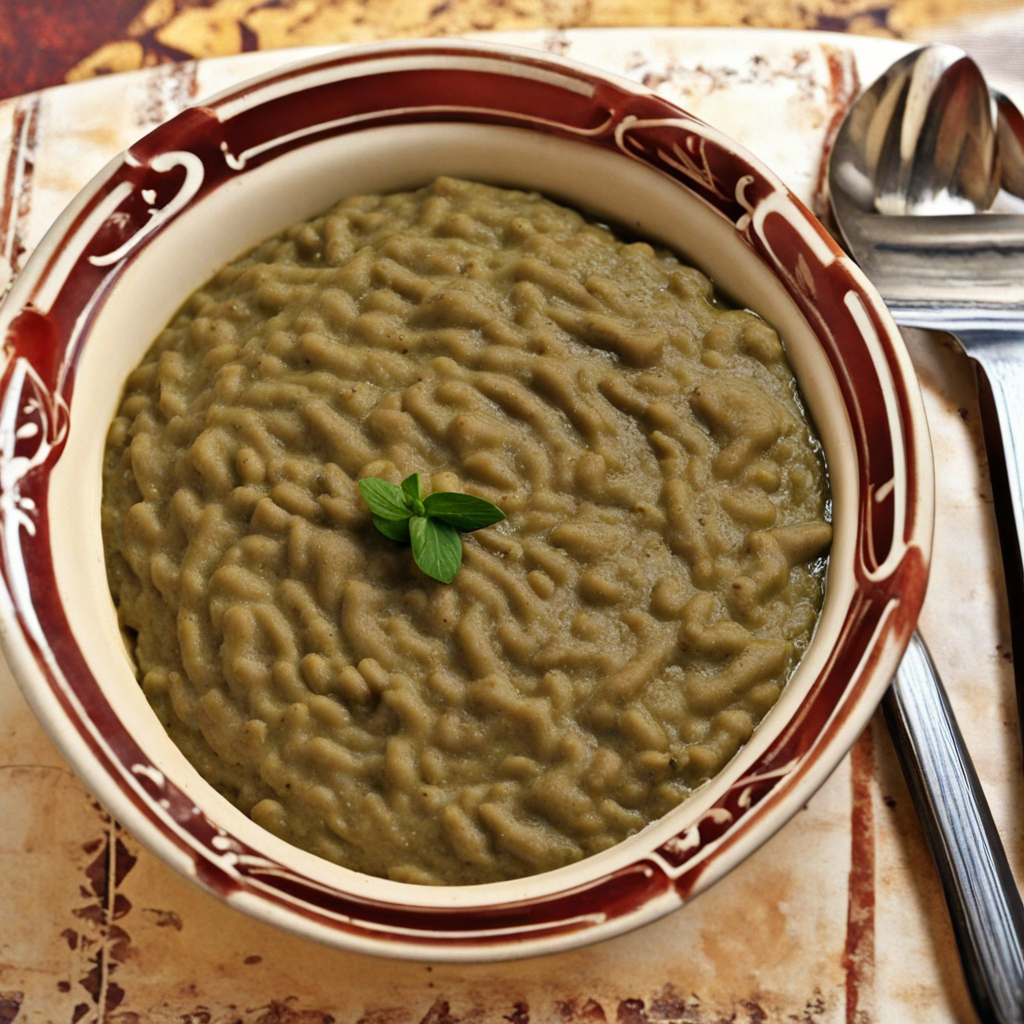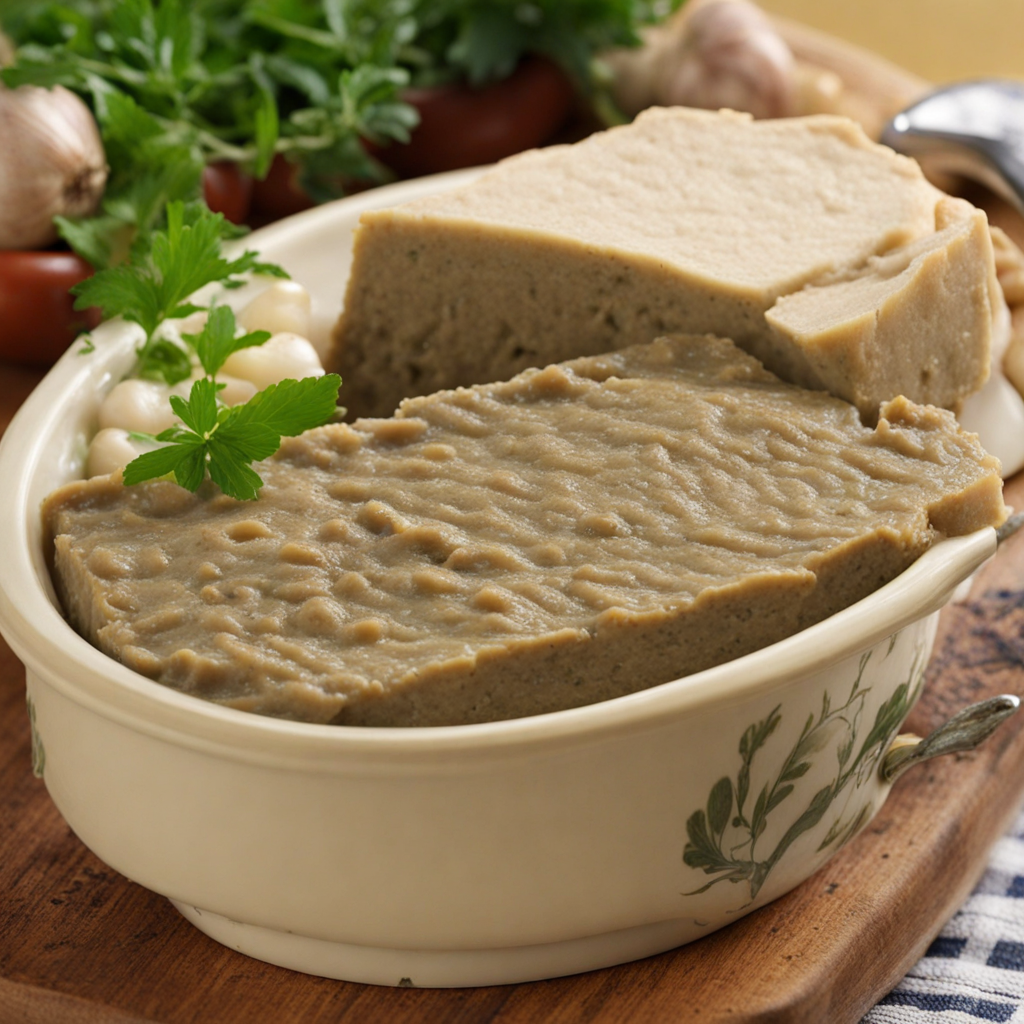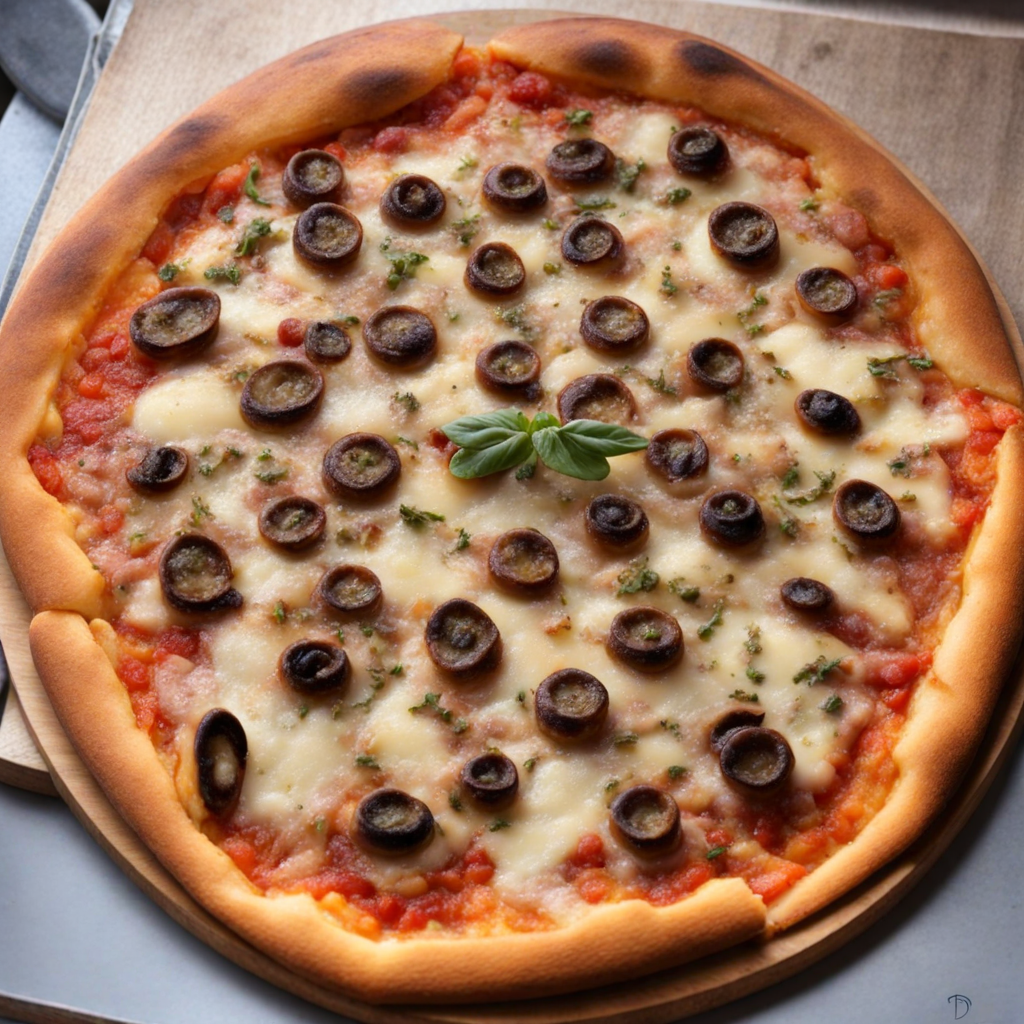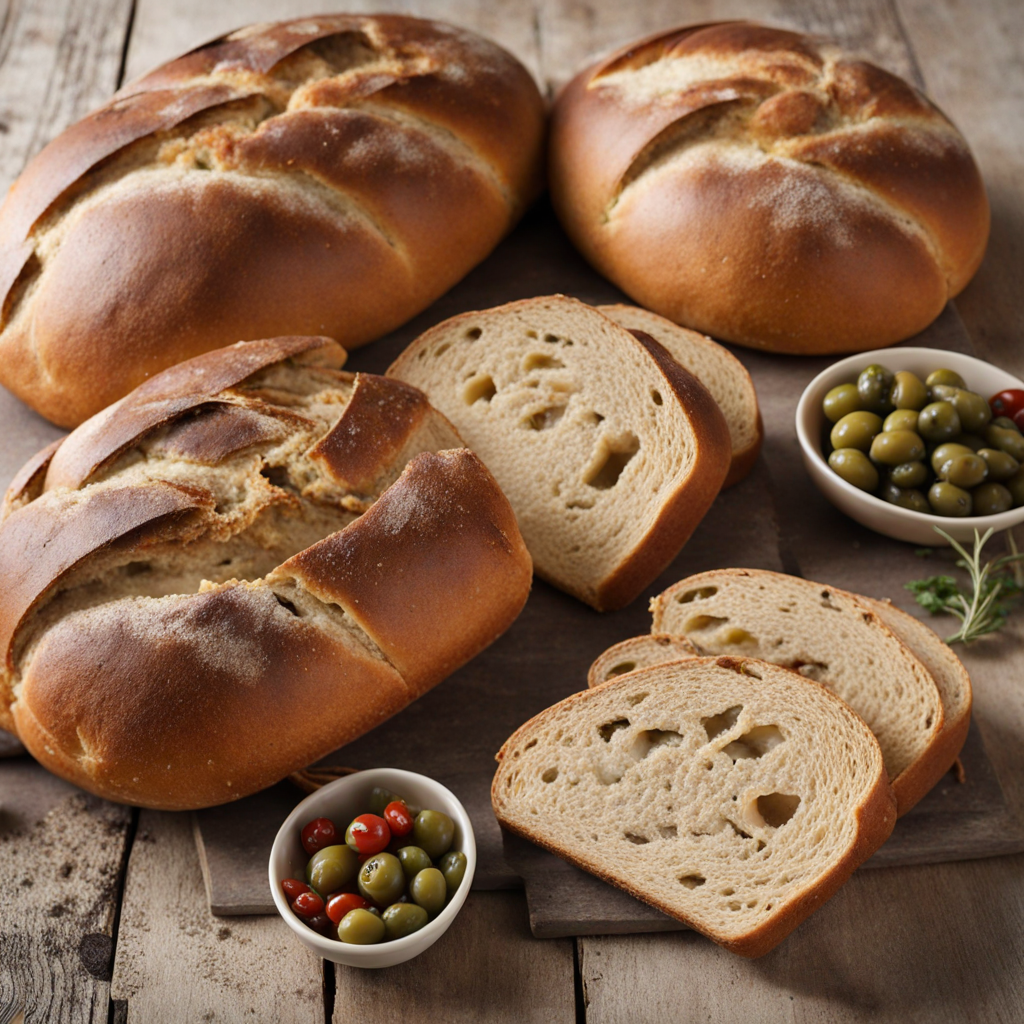Bigilla
Bigilla is a traditional Maltese dish that showcases the island's rich culinary heritage, particularly its affinity for legumes and simple yet robust flavors. This thick bean dip is made primarily from broad beans, known locally as "ġbejniet," which have been a staple in Maltese cuisine for centuries. Historically, Bigilla has roots that trace back to the times of the Knights of St. John, who ruled Malta from the early 16th century until the late 18th century. The dish is not only a reflection of the agricultural practices of the Maltese islands but also a testament to the resourcefulness of its people, who have often made the most out of locally available ingredients. The preparation of Bigilla is straightforward yet requires some time and care to achieve the desired flavor and texture. The primary ingredient, broad beans, is soaked overnight to soften them, making them easier to cook and blend. Once softened, the beans are boiled until tender and then mashed or pureed to create a smooth consistency. A key feature of Bigilla is the addition of garlic and olive oil, which lend depth and richness to the dish. Some variations may also incorporate herbs such as parsley or mint, along with spices like black pepper or chili flakes, to enhance the flavor profile. The mixture is then seasoned with salt and olive oil, and sometimes lemon juice is added to brighten the overall taste. The flavor of Bigilla is earthy and hearty, with the broad beans providing a creamy base that is complemented by the
How It Became This Dish
The History of Bigilla: Malta's Rich Culinary Heritage #### Origins and Ingredients Bigilla, a traditional Maltese dip, holds a special place in the island's culinary landscape, embodying the rich tapestry of Malta's history and cultural influences. Its origins can be traced back to the Mediterranean basin, where pulses like fava beans have been integral to local diets for centuries. Bigilla is primarily made from fava beans, which are soaked, boiled, and then mashed into a smooth paste, often enhanced with garlic, olive oil, and a splash of lemon juice. The simplicity of its ingredients belies its complex flavor profile, making it a beloved staple in Maltese households. The fava bean itself has a storied past, having been cultivated since ancient times. It was a food of the common folk, accessible and nutritious, which made it an ideal choice for the island’s early inhabitants. The use of legumes in Maltese cuisine is indicative of the broader Mediterranean agricultural traditions, where beans and pulses have been valued for their protein content and ability to thrive in diverse climates. #### Cultural Significance Bigilla is more than just a dish; it is a symbol of Maltese identity. Often served as part of a traditional starter or as an accompaniment to bread, it embodies the communal spirit of Maltese dining. Whether enjoyed at family gatherings, festive occasions, or simple evenings at home, Bigilla is a comfort food that evokes nostalgia and warmth. It is common to find it on the table during local feasts, showcasing the island's rich food culture. The preparation of Bigilla often involves family participation, with recipes passed down through generations. This communal aspect of cooking highlights the importance of food as a means of bonding and cultural continuity. In a society where culinary traditions are deeply intertwined with familial and social ties, Bigilla serves as a reminder of Malta's agrarian roots and shared heritage. #### Development Over Time Over the centuries, Malta has been a crossroads of cultures and civilizations, each leaving its mark on the island’s culinary practices. The influence of the Phoenicians, Romans, Arabs, Knights of St. John, and British colonial rule can all be tasted in various Maltese dishes, including Bigilla. The arrival of the Arabs in the 9th century introduced new agricultural techniques and ingredients, which significantly influenced local cuisine. The use of spices, olive oil, and methods of preserving food can be traced back to this period, enriching the flavors of Bigilla. During the time of the Knights of St. John, Malta became a hub for trade and cultural exchange. It was during this era that the culinary landscape began to diversify, incorporating ingredients from afar. Although Bigilla remained a peasant food, it gained recognition among the upper classes, who began to appreciate its unique flavor and nutritional properties. This elevation of Bigilla mirrored the broader trend of elevating simple, local foods to gourmet status, a movement that continues today. In the 20th century, Malta faced significant social and economic changes, particularly after World War II. The post-war period saw a rise in urbanization and a shift in dietary habits. While traditional dishes like Bigilla remained popular, new influences began to seep into Maltese cuisine, resulting in a fusion of flavors and techniques. Fast food and international cuisines started to gain prominence, putting pressure on traditional foods. However, the resilience of Bigilla, along with other local specialties, reflects the enduring attachment of the Maltese people to their culinary heritage. The latter half of the 20th century and the early 21st century witnessed a revival of interest in traditional Maltese cuisine, spurred by a growing awareness of the Mediterranean diet and its health benefits. As global culinary trends shifted towards sustainability and the use of local ingredients, Bigilla found its way back into the spotlight. Chefs began to experiment with the dish, incorporating modern techniques while respecting its traditional roots. Variations of Bigilla emerged, including versions made with other beans, herbs, and spices, catering to contemporary tastes while still honoring its historical significance. #### Bigilla in Contemporary Malta Today, Bigilla is celebrated not just as a local delicacy but as part of Malta's cultural heritage. It is commonly served at restaurants, bars, and cafes across the island, often accompanied by crusty Maltese bread, olives, and local cheese. The dish has become a favorite among locals and tourists alike, representing the flavors of Malta in a single, delicious spread. Food festivals and cultural events often feature Bigilla, showcasing its role in Maltese social life and culinary tradition. Moreover, the rise of artisanal food production has reinvigorated interest in traditional recipes. Small-scale producers are now crafting specialty Bigilla, emphasizing organic ingredients and traditional methods. This revival not only supports local agriculture but also helps to sustain the culinary heritage of Malta, ensuring that Bigilla remains a vital part of the island's food culture. #### Conclusion Bigilla, with its rich history and cultural significance, serves as a testament to the resilience and adaptability of Maltese cuisine. From its ancient origins as a humble peasant food to its modern-day status as a cherished local delicacy, Bigilla encapsulates the story of Malta itself—a blend of influences, traditions, and flavors that tell the tale of a people deeply connected to their land and heritage. As Malta continues to navigate the complexities of modernity and globalization, Bigilla remains a delicious reminder of the island's past, present, and future, embodying the spirit of community, tradition, and culinary pride.
You may like
Discover local flavors from Malta







